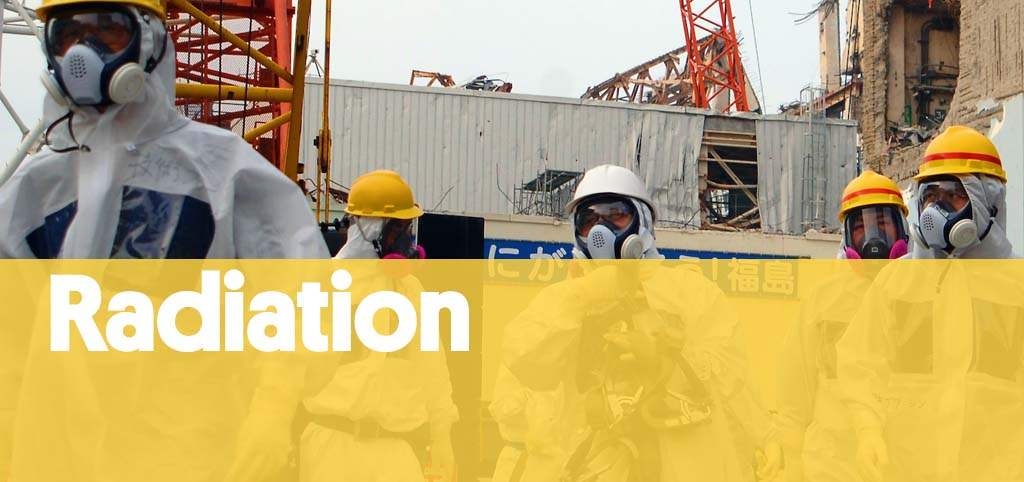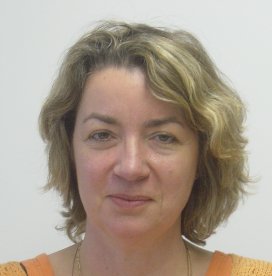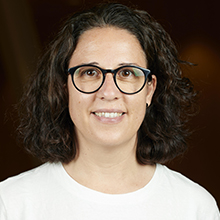MOBI-KIDS

- Duration
- 2009-2014
- Coordinator
- Elisabeth Cardis (ISGlobal)
- Funded by
- Comisión Europea
So far, little is known about risk factors for brain tumours. Some factors (e.g. exposure to ionizing radiation) and family history of brain cancer are known to increase the risk of developing brain tumours. Other environmental factors (e.g., exposure to chemicals, nutrition during pregnancy or exposure to electromagnetic fields including cellular phone use) may be associated with brain tumours. With respect to the latter, the use of cellular phones and other communication technologies has increased dramatically over the last decade, especially in children and its role in the development of brain cancer in young people has yet to be studied.
One problem in the study of environmental risk factors and brain cancer in young people has been the limited number of children included in previous studies. Although the frequency of brain cancer may have increased in young people over recent decades, it is fortunately still a rare disease. Therefore, international studies are needed to answer such research questions.
An international multi-centre study involving experts from 16 European and non-European countries is being conducted to examine the potential associations between use of communication devices and other environmental factors and risk of brain tumours. The study is partly supported by the European Union.
Between 2011 and 2014, nearly 1000 young people between 10 to 24 years with brain tumours and a similar number of young people without a brain tumour will be invited to participate in the study. A detailed questionnaire will be used covering demographic factors, residential history and questions on risk factors in the environment including the use of cellular phones of young people.
The following centres are involved in data collection:
• Australia: the University of Auckland and MONASH University
• Austria: the Medical University of Vienna
• Canada: the University of Ottawa
• France: the Association pour la Recherche Epidémiologique dans les Cancers de l’Enfant et de l’Adolescent and the Université de Lyon, Institut National de Recherche sur les Transports et leur Sécurité, Institut national de Veille Sanitaire, Unité Mixte de Recherche épidémiologique et de Surveillance Transports Travail Environnement
• Germany: the Ludwig-Maximilians-University Munich
• Greece: the National and Kapodistrian University of Athens
•India : Tata Memorial Hospital, Mumbai
• Israel: the Gertner Institute for Epidemiology & Health Policy Research
• Italy: the Università degli Studi di Torino
•Japan: Tokyo Women’s Medical University
•Korea: Dankook University College of Medicine
• New Zealand: the University of Auckland
• Spain: ISGlobal, Fundació IMIM, Instituto de Salud Carlos III, University of Huelva and University of Valencia
• Taiwan: the National Taiwan University College of Public Health
• The Netherlands: Universiteit Utrecht
Support for exposure assessment will be provided by Orange in France, Public Health England, Tokyo Metropolitan University, and the Electronics and Telecommunications Research Institute in Korea. The project is coordinated by ISGlobal, Barcelona, Spain.
Our Team
Principal Investigator (PI)
-
 Elisabet Cardis Research Professor
Elisabet Cardis Research Professor
Our Team
-
 Gemma Castaño Staff Scientist
Gemma Castaño Staff Scientist -
Ángela Zumel Marne
Other projects
ENDOMIX
Understanding how endocrine disruptors and chemical mixtures of concern target the immune system to trigger or perpetuate disease
AM-MENTAL
What happens with your mental health when your supervisor is an algorithm?
PANAMA
Inhaled dose of air pollution - an integrative approach towards personalized air pollution exposure assessment in participants with and without respiratory diseases
e-QuoL
e-health tools to promote Equality in Quality of Life for childhood to young adulthood cancer patients, survivors and their families
B-Triage
Una prueba en el punto de atención para la estratificación del riesgo de los pacientes febriles basada en los niveles de sTREM-1
El microbioma intestinal y la disrupción circadiana
Un estudio epidemiológico molecular sobre enfermedades cardiometabólicas y salud mental
IHEN
International Human Exposome Network
EXPONIT
Analysing and studying how night shift work affects workers' circadian rhythms and health




